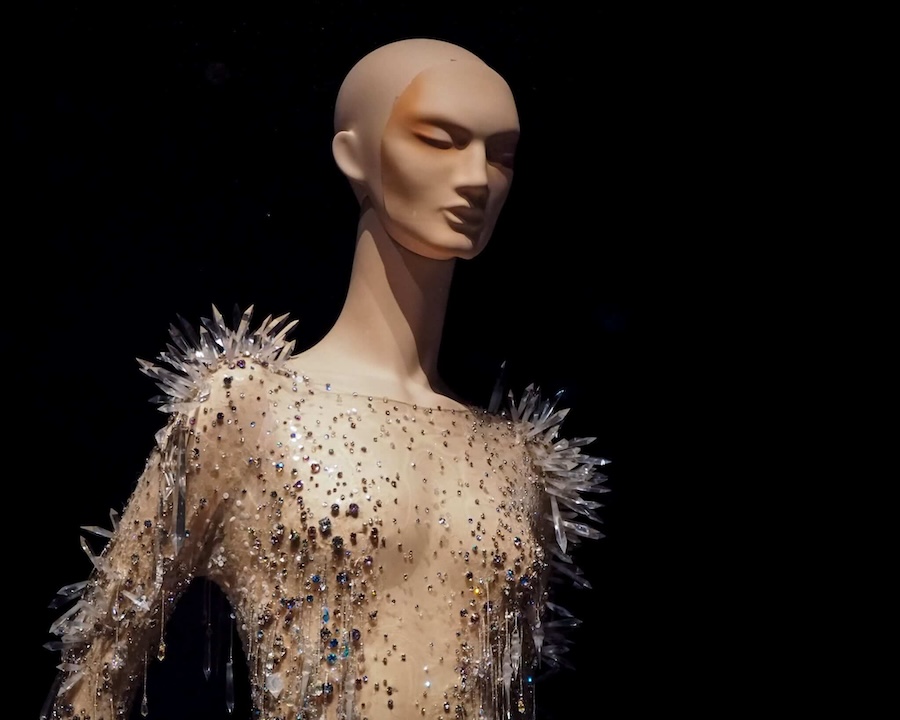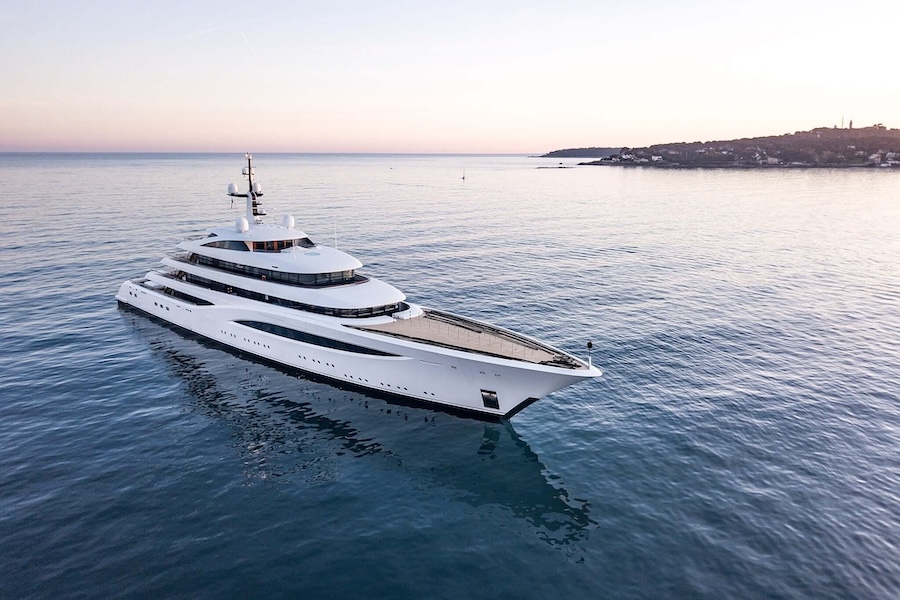· luxury · 5 min read
The Art of Haute Couture
Delve into the captivating world of haute couture, exploring its rich history, the meticulous craftsmanship, and how it continues to shape and redefine the landscape of luxury fashion today.

Haute couture, a term synonymous with opulence, artistry, and exclusivity, represents the pinnacle of the fashion industry. Originating in the ateliers of Paris, haute couture is more than just high-end fashion; it is the embodiment of craftsmanship and creativity at its finest. In this exploration, we delve into the intricate world of haute couture, tracing its origins, understanding the meticulous process behind each creation, and examining its enduring influence on the global fashion landscape.
The Origins of Haute Couture: A Parisian Legacy
Charles Frederick Worth: The Father of Haute Couture
The history of haute couture begins in the mid-19th century with Charles Frederick Worth, an Englishman who established his fashion house in Paris in 1858. Worth revolutionized fashion by being the first designer to present his collections on live models, allowing clients to see how garments draped and moved. He personalized designs for clients, elevating the role of the designer to that of an artist and trendsetter. Worth’s approach laid the foundation for haute couture as a bespoke art form.
The Chambre Syndicale de la Haute Couture
In 1868, the Chambre Syndicale de la Haute Couture was established to protect the interests of the couture houses and regulate the industry. This governing body set strict criteria for what could be considered haute couture, including requirements for hand-made garments, a minimum number of employees, and participation in Paris Fashion Week with at least two shows per year. These regulations ensured that haute couture remained an exclusive domain of exceptional quality and craftsmanship.
The Meticulous Craftsmanship Behind Haute Couture
The Atelier: Heart of Creation
At the core of every haute couture house is the atelier, where skilled artisans, known as “petites mains” (little hands), bring the designers’ visions to life. These craftsmen and women specialize in various techniques, such as embroidery, pleating, tailoring, and beadwork. The creation of a single haute couture garment can require hundreds to thousands of hours of labor, involving meticulous attention to detail and the highest level of skill.
The Creation Process
Design Conceptualization: The process begins with the designer sketching their ideas, often inspired by art, culture, history, or personal experiences.
Selection of Materials: Fabrics are chosen for their quality and suitability to the design. Haute couture houses often collaborate with specialized suppliers for exclusive materials.
Pattern Making and Toile Creation: A toile, or mock-up of the garment, is created using muslin fabric. This allows for adjustments and perfecting the fit before cutting the actual fabric.
Fittings: Multiple fittings with the client ensure the garment fits flawlessly. Adjustments are made to accommodate the client’s measurements and preferences.
Embellishments: Intricate hand embroidery, beadwork, and other embellishments are added. This stage can involve renowned embroidery houses like Lesage, further elevating the garment’s exclusivity.
Final Assembly: The garment is carefully assembled, with each seam and finish executed to perfection.
The Role of the Premier
Each atelier is overseen by a “premier” or head seamstress/tailor, who manages the team and ensures that the designer’s vision is accurately translated into the final product. The premier is instrumental in problem-solving and maintaining the highest standards of quality.
The Exclusive World of Haute Couture Clients
A Select Clientele
Haute couture serves a very exclusive clientele, estimated to be only a few hundred individuals worldwide. Clients include royalty, celebrities, and affluent patrons who value the uniqueness and artistry of these creations. The high cost of haute couture garments, often starting at tens of thousands of dollars and reaching into the millions, reflects the labor-intensive process and the exclusivity of the designs.
Personal Relationships
The relationship between the couture house and the client is deeply personal. Designers often know their clients personally, understanding their lifestyles, preferences, and occasions for which the garments are intended. This intimacy allows for garments that not only fit perfectly but also resonate with the client’s identity.
Haute Couture’s Influence on Fashion and Culture
A Laboratory of Ideas
Haute couture serves as a creative laboratory for designers to experiment without commercial constraints. The innovative techniques, silhouettes, and embellishments debuted in couture collections often trickle down to ready-to-wear lines and influence global fashion trends.
Cultural Significance
Haute couture shows are grand spectacles that merge fashion with performance art. They are significant cultural events, showcasing not just clothing but narratives and concepts that reflect societal issues, history, and future visions. Designers like Alexander McQueen and John Galliano have used haute couture to challenge conventions and provoke thought.
The Modern Challenges and Evolution of Haute Couture
Sustainability Concerns
In an era increasingly focused on sustainability, haute couture faces the challenge of justifying its relevance. However, the emphasis on quality over quantity, longevity of garments, and preservation of artisanal crafts positions haute couture as a counterpoint to fast fashion. Couture pieces are often heirlooms, cherished and preserved for generations.
Digital Transformation
The digital age has transformed how haute couture is presented and consumed. Virtual fashion shows, digital fittings, and online archives have made haute couture more accessible to wider audiences while maintaining its exclusivity. Brands are leveraging technology to enhance the client experience and storytelling.
Expanding Markets
Emerging markets in Asia and the Middle East have introduced new clientele to haute couture. Designers are increasingly incorporating cultural elements from these regions, creating a more globalized aesthetic while respecting the traditions of haute couture.
The Future of Haute Couture
Preservation of Craftsmanship
There is a concerted effort to preserve the artisanal skills integral to haute couture. Initiatives like Chanel’s acquisition of specialty ateliers ensure that these crafts survive and continue to evolve. Educational programs and apprenticeships are nurturing the next generation of artisans.
Innovation and Collaboration
Collaborations between couture houses and artists, technologists, and other designers are pushing the boundaries of what haute couture can be. Innovations in materials, such as sustainable fabrics and wearable technology, are being integrated into couture creations, heralding a new era of innovation.
Conclusion
Haute couture remains the zenith of fashion, a realm where artistry, luxury, and craftsmanship converge. Its rich history and evolution reflect not only changes in fashion but also shifts in culture and society. As it adapts to modern challenges and embraces new opportunities, haute couture continues to captivate and inspire, embodying the eternal pursuit of beauty and excellence in the world of fashion.


